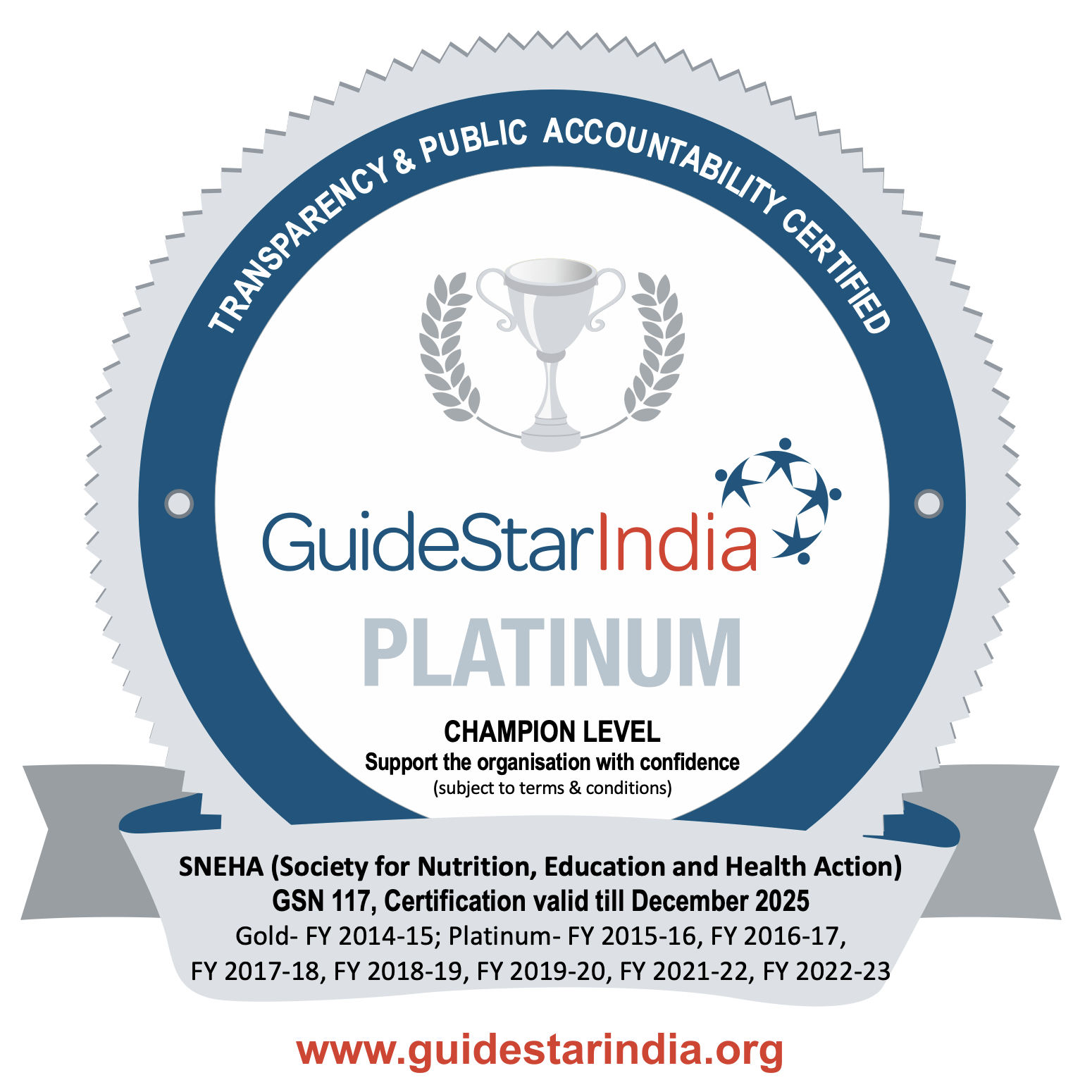Bridging Health Gaps Through Technology: A Formative Study on the SNEHA Didi Chatbot
Mar 26 2025 / Posted in
 DOWNLOAD
DOWNLOAD
The document examines the implementation and impact of the SNEHA Didi chatbot, an AI-powered WhatsApp-based tool designed to improve maternal and child health (MCH) awareness in Mumbai’s informal settlements. The chatbot was developed as a response to the challenges faced by community health workers (CHWs), who often serve thousands of households with limited resources. By leveraging technology, SNEHA aimed to supplement CHWs’ efforts, enabling mothers to access reliable health information anytime. The chatbot was piloted in multiple phases, with varying engagement strategies, including automated messages, AI-powered responses, and interactive nudges to encourage user participation. Findings from the study indicate that while awareness of maternal and child health issues is high, active information-seeking is often triggered only by immediate concerns, such as illness or feeding difficulties.
The chatbot was appreciated for providing quick and accessible advice, but users still preferred human sources such as doctors, CHWs, and family members. The study also explored message preferences, with many participants expressing a desire for video-based content, voice messages, and a menu-based interaction system for easier navigation. Some challenges were identified, including occasional misleading responses from the AI and low engagement over time, which suggested the need for more engaging formats and refined chatbot responses.
Another key insight was that non-users were open to using an AI chatbot if it could provide immediate assistance and act as a one-stop, reliable source of information. To improve adoption, the study recommends promoting the chatbot as a supplementary tool endorsed by CHWs and family members. Additionally, refining chatbot content, adding video tutorials, and increasing interaction frequency were suggested strategies for sustaining engagement. The document concludes that while AI-driven chatbots have the potential to bridge healthcare gaps, their success depends on continuous refinement, integration with human support systems, and addressing user preferences for information consumption.
Share:












